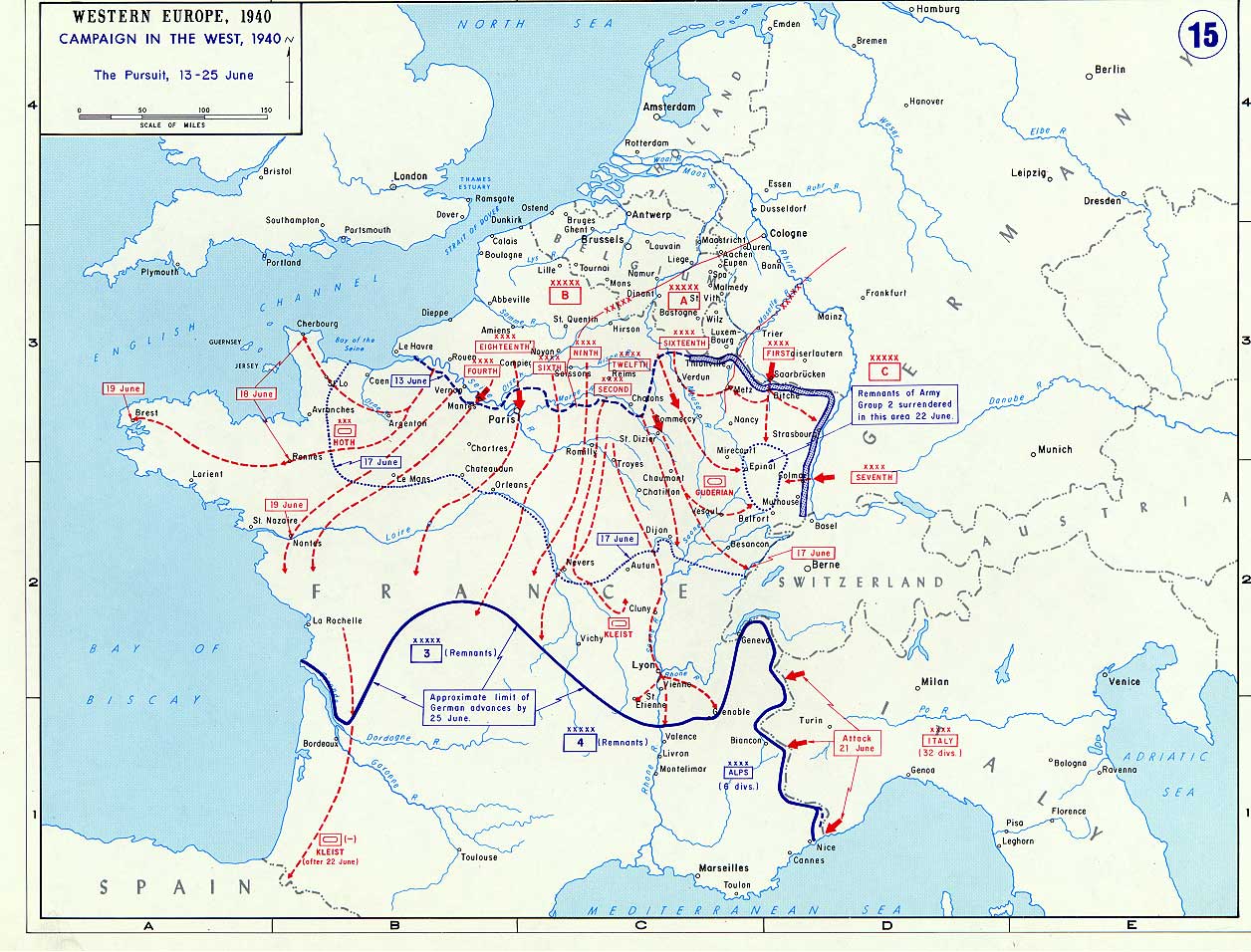There were hardly any defences on Malta because of a pre-war conclusion that the island was indefensible. The Italian and British surface fleets were evenly matched in the region but the Italians had far more
submarines and aircraft. The Admiralty had to protect the
Suez Canal with the Mediterranean Fleet (
Admiral Andrew Cunningham) and Gibraltar with
Force H (
Vice-Admiral James Somerville).
[17] In October 1939, the Mediterranean Fleet was transferred eastwards to Egypt, stripping the island of its naval protection. Only the monitor
HMS Terror and a few British submarines were still based at the island. When the Maltese government questioned British reasoning, they were told that the island could be defended just as adequately from Alexandria as from Grand Harbour, which was untrue. This led the Maltese to doubt the British commitment to defend the island.
[18]
Despite concerns that the island, far from Britain and close to Italy, could not be defended, the British decided in July 1939 to increase the number of
anti-aircraft gunsand
fighter aircraft on Malta.
[19] The British leadership had further doubts about whether to hold the island in May 1940, when during the
Battle of France the French Prime Minister
Paul Reynaud suggested that the Italian prime minister and dictator
Benito Mussolini might be appeased by concessions, including Malta. After some discussion,
Winston Churchill convinced the British
War Cabinet that no concessions should be made.
[20] With the British home islands in danger, the defence of Malta was not the priority and it was lightly protected. Only six obsolete Gloster
Sea Gladiator biplanes were stationed on the island, with another six in crates when, on 10 June 1940, Mussolini declared war on the United Kingdom and France.
[17] In the 1930s, Italy had sought to expand in the Mediterranean and Africa, regions dominated by the British and French. The Allied defeat in France from May–June 1940 removed the
French Navy from the Allied
order of battle and tilted the balance of naval and air power in Italy's favour.
[21][22]
In 1940, an Italian assault on Malta stood a reasonable chance of gaining control of the island, an action giving the Italians naval and
air supremacy in the central Mediterranean.
[24]

